The Prince Of Glencurragh: The Backstory
/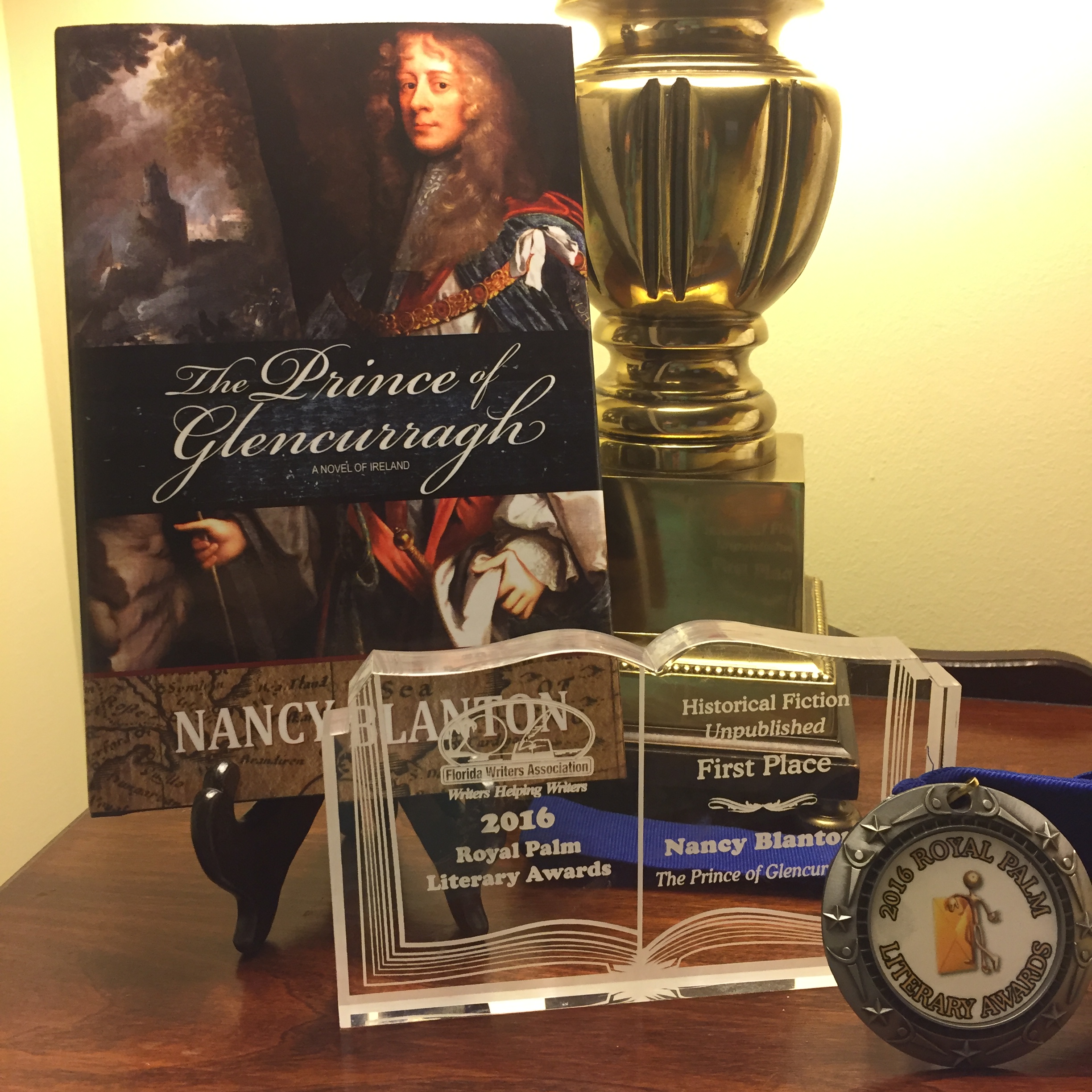 On October 22, the Florida Writers Association bestowed the coveted Royal Palm Literary Award on my second novel, The Prince of Glencurragh. This is an enormous honor and a great thrill. I worked harder on this book than anything before, loved the story and characters, and I’m gratified that the judges loved it, too: first place for historical fiction, and first runner up for book of the year across all genres in its category.
So here’s the backstory: why I wrote it, what it’s about, and some themes that I hope will come through for readers.
On October 22, the Florida Writers Association bestowed the coveted Royal Palm Literary Award on my second novel, The Prince of Glencurragh. This is an enormous honor and a great thrill. I worked harder on this book than anything before, loved the story and characters, and I’m gratified that the judges loved it, too: first place for historical fiction, and first runner up for book of the year across all genres in its category.
So here’s the backstory: why I wrote it, what it’s about, and some themes that I hope will come through for readers.
This book is actually the prequel to my first novel, Sharavogue (also a Royal Palm award winner in 2014). It is about that protagonist’s father, Faolán Burke. I had originally intended to write the sequel, but at the time several readers urged me to tell what had happened before, and how Elvy Burke came to be in her troubled situation. So I focused instead on 1634, the year Elvy was born, and found the time rich with change, struggle, and growing discontent that would lead to the great Irish rebellion of 1641.
About the title
The Prince refers to the protagonist in the story, Faolán Burke, who aspires to be a leader among his people, and to build the castle that was his father’s dream. The gentleman on the cover is not a prince; he was James Butler, the 12th Earl of Ormonde, and later the first Duke of Ormonde, who embodied all the princely attributes of his day – he is the ideal, what Faolán would hope to become.
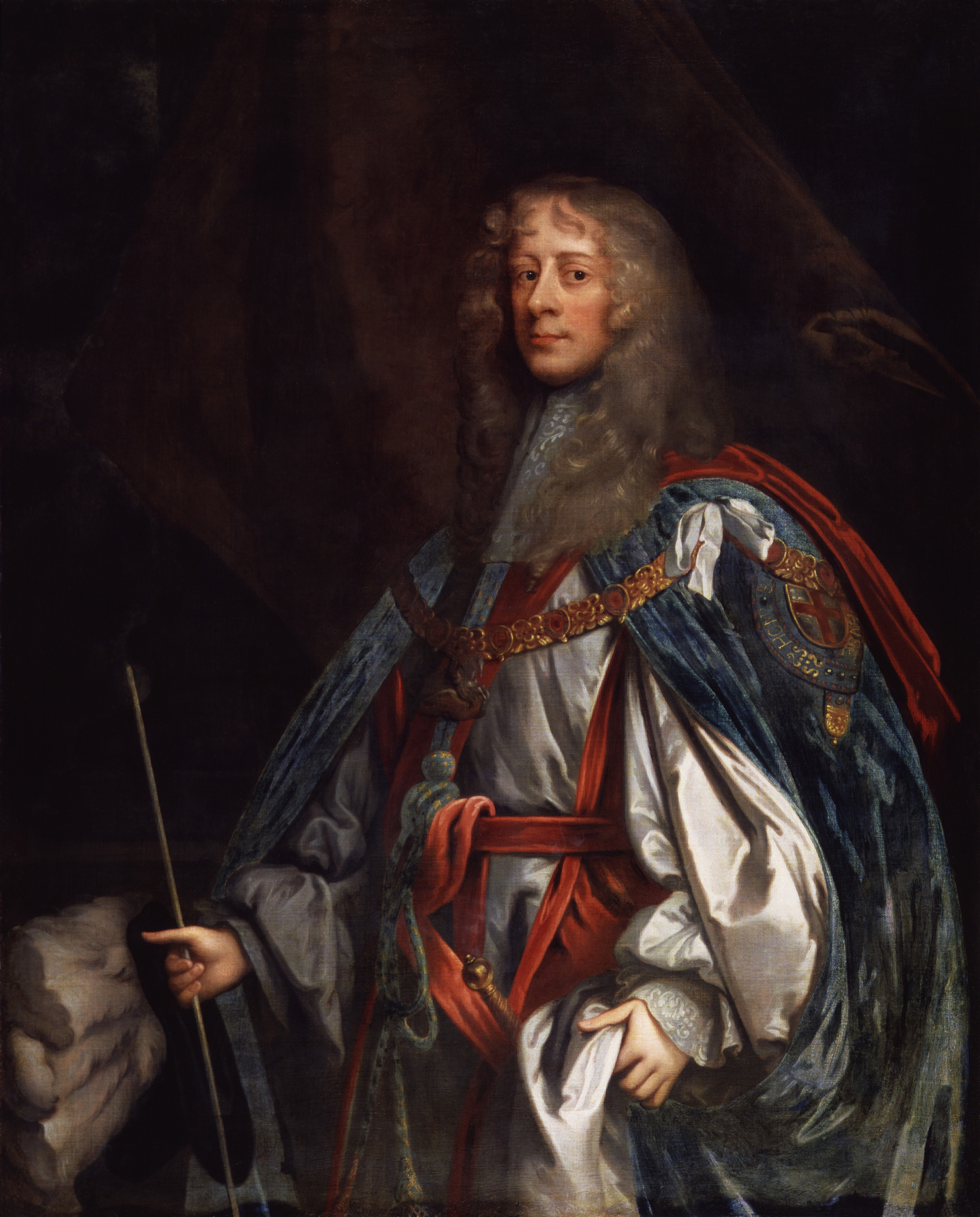
Ormonde was one of the largest landholders in Ireland at the time, and land was power. He ascended to the earldom at just 24 years of age, when his grandfather died, because the first heir, James’s father, had been lost at sea. This ceremonial portrait was a great inspiration to me: I was fascinated by the pride and strength in his face, the long golden curls, and the magnificent robes. He was admired by almost everyone in his day; he was a statesman of his time.
Biographer C.V. Wedgwood describes James Butler as a “high-hearted” nobleman: “Handsome, intelligent and valiant, he was also to the very core of his being a man of honor: loyal, chivalrous and just.”
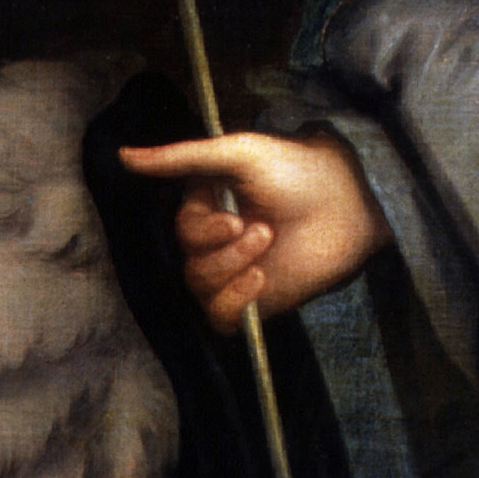 One little quirk you might notice on the cover, if you look at Ormonde’s right hand holding the lance. He appears to be missing a finger! In later portraits the finger exists, so this must be a mistake (or perhaps intentional) by the artist.
Glencurragh comes from a residential section of Skibbereen, a town in southwest County Cork (in the book I use the old spelling, Skebreen). When I visited there last year, my friend of many years helped me find the most likely place where my fictitious castle might have been located. Glencurragh means “a place for boats,” and the castle would’ve protected the commerce up and down the River Ilen. At one point in time there were three castles along the river at Skibbereen, but all have crumbled away.
One little quirk you might notice on the cover, if you look at Ormonde’s right hand holding the lance. He appears to be missing a finger! In later portraits the finger exists, so this must be a mistake (or perhaps intentional) by the artist.
Glencurragh comes from a residential section of Skibbereen, a town in southwest County Cork (in the book I use the old spelling, Skebreen). When I visited there last year, my friend of many years helped me find the most likely place where my fictitious castle might have been located. Glencurragh means “a place for boats,” and the castle would’ve protected the commerce up and down the River Ilen. At one point in time there were three castles along the river at Skibbereen, but all have crumbled away.
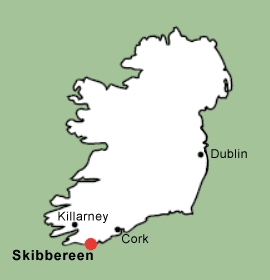 It’s because of my affection for this friend and his family that both novels are set, at least in part, in their beautiful hometown, Skibbereen.
It’s because of my affection for this friend and his family that both novels are set, at least in part, in their beautiful hometown, Skibbereen.
So what’s the story about?
It’s about a young man chasing down a dream in the worst of times. Faolán Burke, son of a famous Irish warrior, is not a great catch. He should have inherited vast lands and the beautiful Castle Glencurragh. But the English lands confiscated the land, the castle of his father’s dreams was never built, and Faolán will try almost anything to make his lost heritage a reality.
In the opening scene, Faolán falls a bit short of his ideal. He’s abducting an heiress for his bride. There was no law against abduction at this time, and while I won’t say it was common, it did occur. Once abducted, women were considered soiled goods, the family could no longer negotiate a lucrative marriage settlement with a wealthy suitor, and usually would try to make the best of it with the family of the abductor.
In this case the heiress was under protection of an earl, and earls could generally exert their own law. So Faolán with his lady must run for cover until they have the protection and support of someone equal in power that can help negotiate the settlement.
But in 1634, the real world has changed. As the English plantation system spreads across the province of Munster, Irish families lose their homes to new English settlers. Lands that have been in their families for centuries now are given to English soldiers as rewards for service. Even castles, once both the bounty and protection of the strongest clans, now are vulnerable to the siege and cannon.
Moreover, knowledge and beliefs are changing. In the 17th century, Galileo and Newton founded modern science; Descartes began modern philosophy; Hobbes and John Locke started modern political theory. Science for the first time has greater influence than religion in decision-making. And people can own books. They become a symbol of wealth, and the bookshelf is invented to display them
Climatically, this was the middle of The Little Ice Age. The 1630s recorded great floods, widespread harvest failure, intense cold winters, wet and cold springs, and drought in summer.
Some scientists say even one degree of climate change can cause changes in human behavior. Faolán finds himself in the crossfire between the four most powerful—and irritable—men in Ireland, each with his own agenda.
THEMES:
Dreams: A young man trying to realize the dream of his father. Everyone has awakened from a dream so beautiful they want to hold onto it, but the longer they are awake the faster it recedes. From another perspective, many of us have seen the sacrifices our parents made and then tried to live their dream for them, only to realize later in life that it does not satisfy. We have to follow our own dreams.
Friendship: The relationship between best friends from childhood. Faolán interacts with his best friend Aengus O’Daly, who narrates the story. I am blessed to have known deep and lasting friendships of this kind that informed this story in ways I didn’t even realize until the end. I am truly grateful to my dear friends for that.
Hope. In great difficulty, when you have no power to change a circumstance that gives you pain, hope is what we rely on to get through, and it is the most human part of us.
Next: A Thorough Undoing
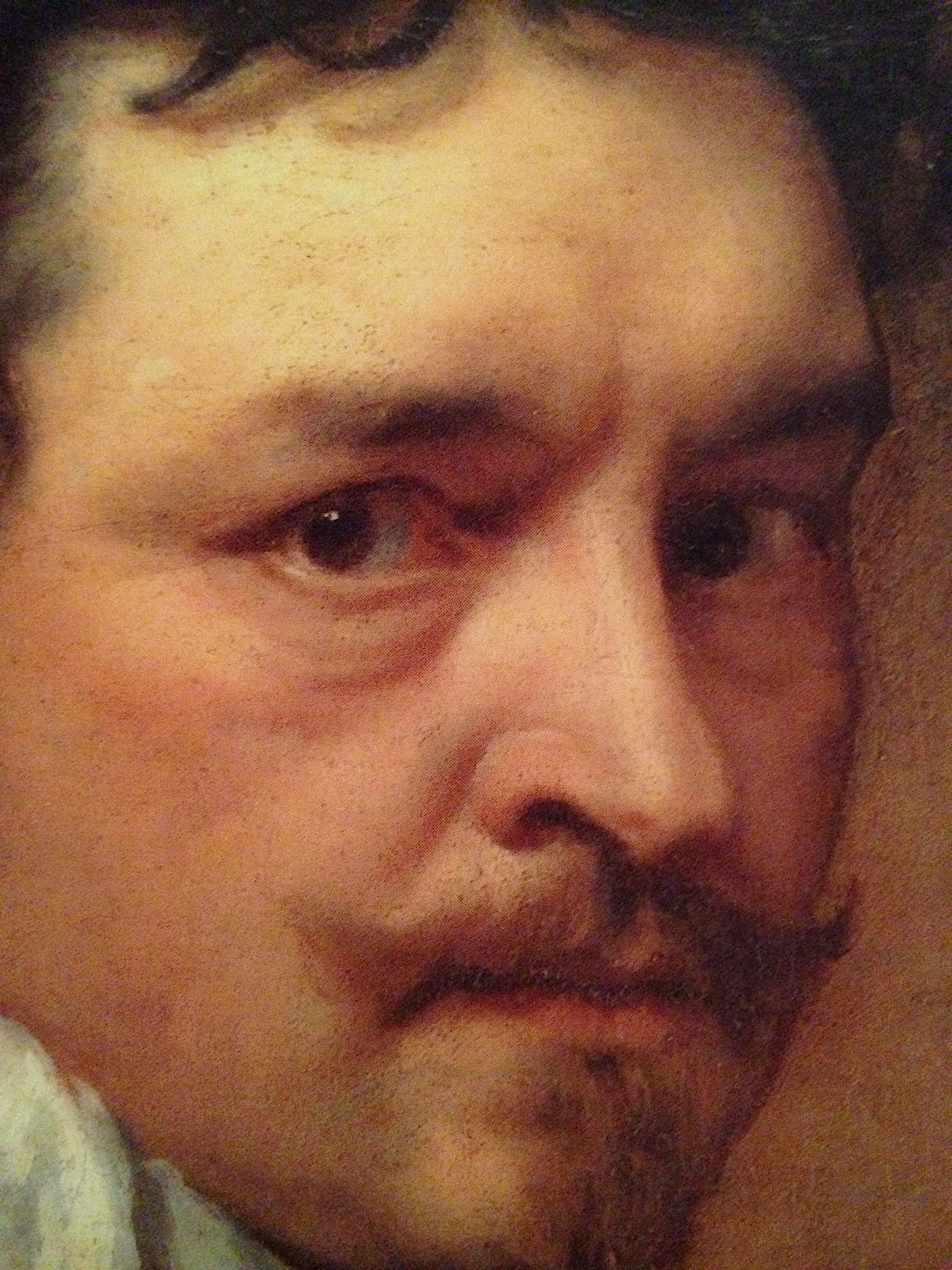 My next book picks up where this one ends, with events that occur between 1635 and 1641. Among English and Irish nobleman alike, hatred grows for the Lord Deputy of Ireland, Thomas Wentworth, and they set out to destroy him. In service of the Earl of Clanricarde, Faolán is charged to find the evidence that will strip Wentworth of his power.
My next book picks up where this one ends, with events that occur between 1635 and 1641. Among English and Irish nobleman alike, hatred grows for the Lord Deputy of Ireland, Thomas Wentworth, and they set out to destroy him. In service of the Earl of Clanricarde, Faolán is charged to find the evidence that will strip Wentworth of his power.
And now, a gentle request:
If you like what you read in The Prince of Glencurragh or any of my books, please take a moment to go online to Amazon, Goodreads, Barnes and Noble, or even Facebook, and write a quick review.
People buy books based on their friends’ recommendations, and book sales help authors pay for the editors, proofreaders and artists who help make the books the high quality you expect. Your words help authors with our words.
Thank you!
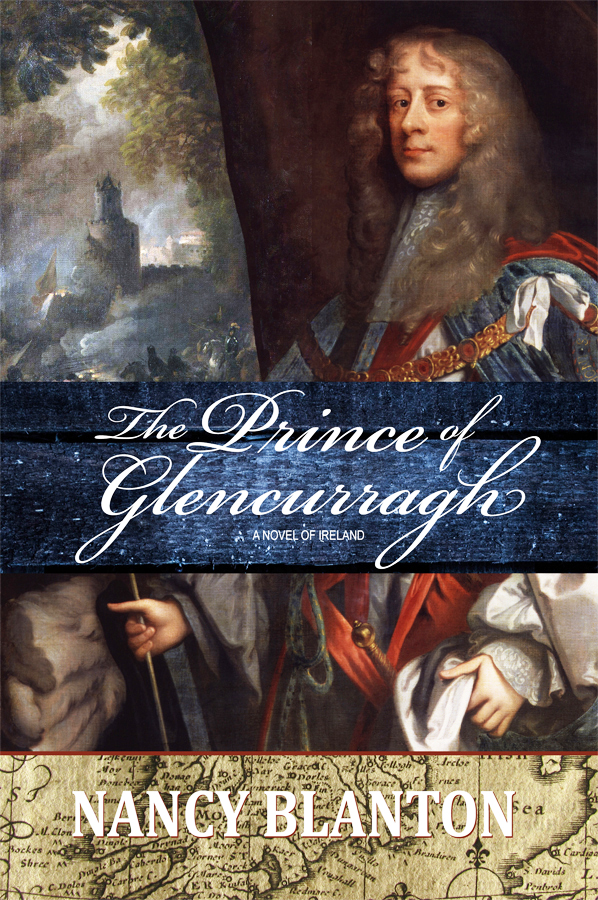 An heiress, a castle, a fortune: what could go wrong?
An heiress, a castle, a fortune: what could go wrong?
The Prince of Glencurragh is available in ebook, soft cover and hard cover from online booksellers.
https://books2read.com/u/4N1Rj6
http://www.amazon.com/Prince-Glencurragh-Novel-Ireland-ebook/dp/B01GQPYQDY/
See all of my books and other information at

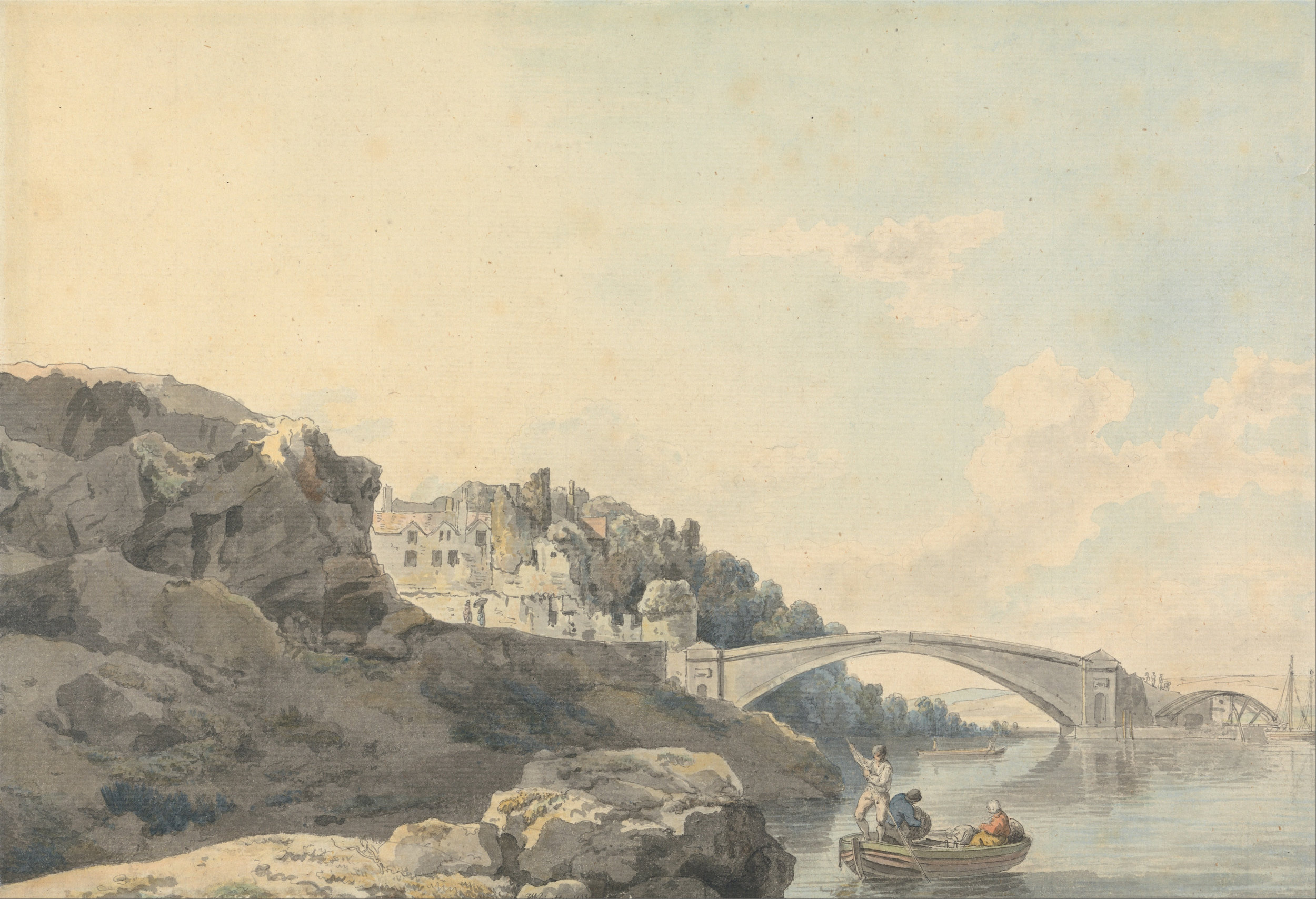
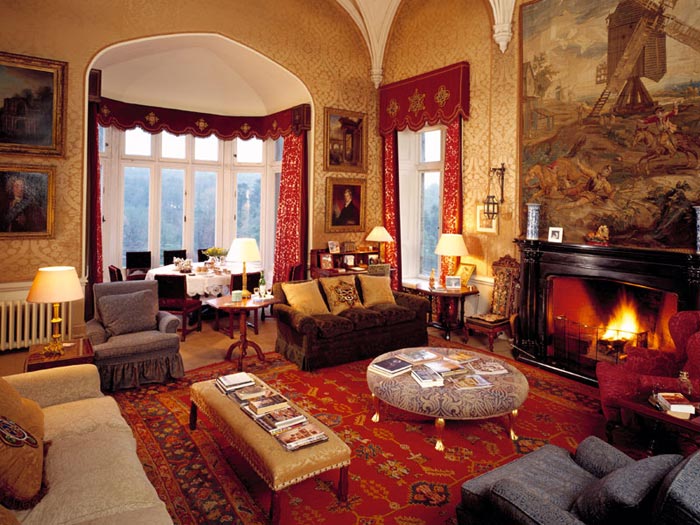 ground level. The window was ever-after called King James’s window.
ground level. The window was ever-after called King James’s window.
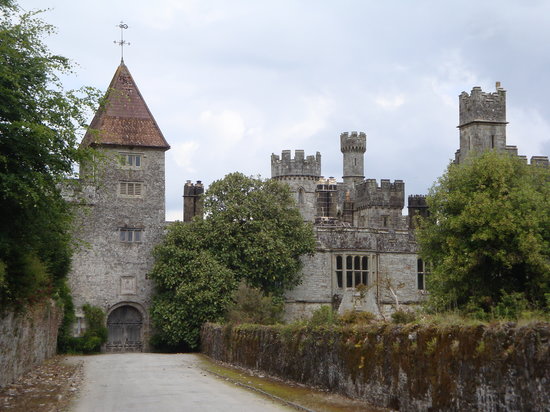 Some of the outbuildings were destroyed in the rebellion of 1641 when the castle was closely besieged by 5,000 Irish, and defended by Lord Broghill, the earl’s third son.
Some of the outbuildings were destroyed in the rebellion of 1641 when the castle was closely besieged by 5,000 Irish, and defended by Lord Broghill, the earl’s third son.

